Put simply, the eye works in two ways; it enables us to bring images of the outside world within, and also shows images of what is within the body, to the outside world. It’s not a new concept that the mind and body are reflected in the eyes. For thousands of years, physicians, healers, philosophers, teachers, and spiritual leaders from all parts of our world have written and spoken of different ways in which the eyes reveal our health, emotions, personality, and thoughts. Proclaimed throughout the ages as ‘windows of the soul,’ through the study of iridology, the eyes are now also acknowledged as ‘windows of the body’.
Iridology studies the iris (colored part of the eye), with the objective of recognizing health problems at their earliest stages to help prevent disease from developing, allowing us to illuminate our true potential for self-healing The iris is made up of thousands of nerve fibres that represent different parts of the body. Being the most complex structure of the body meeting the outside world, they are connected to every organ and tissue in the body by way of the brain and nervous system. It’s a remarkable communication system and if we think of the brain as the hard drive of the body, our iris can be seen as the file folder on the computer screen…systematically presenting and storing important information. In the practice of iridology, the iris is said to reveal information about body constitution, inherent strengths and weaknesses, health levels, and transitions that take place in a person’s body according to their way of living. Iridology doesn’t actually diagnose disease but is said to indicate tissue changes that we can use to help to identify where problems started or are likely to start.
The man credited with the discovery of iridology is Dr. Ignatz Von Peczely (1826-1911), a Hungarian physician. The story is told that as a young boy of eleven, Von Peczely was trying to free an owl caught in his garden when he accidentally broke one of the bird’s legs. When this happened, he noticed a mark appear in the bird’s large eyes. He cared for the bird, and as the leg healed he noticed the changes in the original mark in the eye. When Von Peczely grew up, he became a medical physician and never forgot the incident with the owl. Working on the surgical ward of hospitals gave him the opportunity to observe the irises of patients after accidents and trauma, and preceding and following surgery or illness. This convinced him that there was a reflex relationship between the various markings of the iris and the rest of the body and he was confident that the iris mirrored tissue changes of the various organs.
It’s interesting to note that further pioneers of iridology were also medical practitioners, with strong scientific backgrounds. American doctor, Bernard Jensen (1908-2001) developed one of the most comprehensive iris charts, believed to show the location of the body’s organs as they reflex in the iris of the eye. The chart is the result of many years of clinical observation and intensive research and represents the placement of organs and tissues in the eye, essentially providing a ‘map’ to the body. Iridologists use the charts to help them distinguish between healthy systems and organs in the body and those that they believe through the signs of the eye, are overactive, inflamed, or distressed.
Reading the signs in the iris is much like reading a clock face. The eye is divided into twelve basic zones and each of the corresponding zones relates to a different part of the body. For example, looking at the outer zone of the left eye between 2 and 3 o’clock, we’d be looking at the left lung area. As we have two lungs in our body, the right lung can be seen on the outer zone of the right eye between 9 and 10 o’clock. Each eye also gives us different information that extends beyond the physical indications. The left eye correlates with the left side of our body, which is that feminine, creative, conceptual, and intuitive side of us while the right eye correlates to the right side of our body, which is that masculine, analytical, linear, and practical side of us.
Envision for a moment that the roots of a plant have been injured or aren’t receiving the nutrients or moisture that they need. The first signs of the decline in the health of the plant will usually be found in the outermost part of the leaves, with changes in colour, shape, texture etc. Now take your thoughts to the nerve endings that are running throughout your body. If, for instance, your pancreas has been damaged, is lacking a nutrient or is in poor health, the first outward sign of the decline in the health of the pancreas will be found in the outermost part of the nerve endings, many of which end in the iris of the eye. Like the browning leaf, your eye may also show colour, shape, and texture changes. The nervous system shows signs and responses in other areas of the body as well, for example, the soles of the feet where nerve endings respond well to massage techniques (reflexology).
Naturopathy is based on treating what is the underlying cause of the disease not just the disease alone, so iridology will often be used as part of a naturopathic consultation. As a naturopath, we use iridology to look for signs and markings that are not what is considered to be normal in the eye and the observation of these signs helps us paint a picture of the condition of the body. I admit that it’s initially quite an unusual experience, to have someone staring so intently into your eyes, but all up, the process is very comfortable and noninvasive. First a thorough iris analysis is undertaken, using either a torch and magnifier or a bioscope. During this process, a hand-drawn record of the iris and all its markings is made, or notes are written describing what can be seen. Some practitioners use a digital camera and download the images onto a computer but many iridologists still prefer the traditional torch and magnifying glass, because it allows them to inspect the iris in three dimensions, rather than two. Your eye’s ‘map’ will then be analyzed and your practitioner will share their findings and offer dietary and lifestyle advice or refer on to other health care professionals if necessary.
No one is born with a clear slate in the eye; we are all born with different natural strengths and weaknesses. The interesting thing about the body is that it will generally always manifest illness in its weakest areas first. This will usually start to happen when a person becomes stressed, out of balance, toxic or deficient. By gaining knowledge and insight regarding your own inherent weaknesses, you can learn to listen to your body, understand better when you’re becoming out of alignment, and help to work with your body to stay healthy and strong. Iridology can be a powerful tool, allowing you to determine what is transpiring inside the body from a simple, painless, and economical external vantage point. So, now you’ve had insight into the practice of iridology, keep your eyes open for iridology consultations available at your local health centers and enjoy viewing your health from a different perspective!
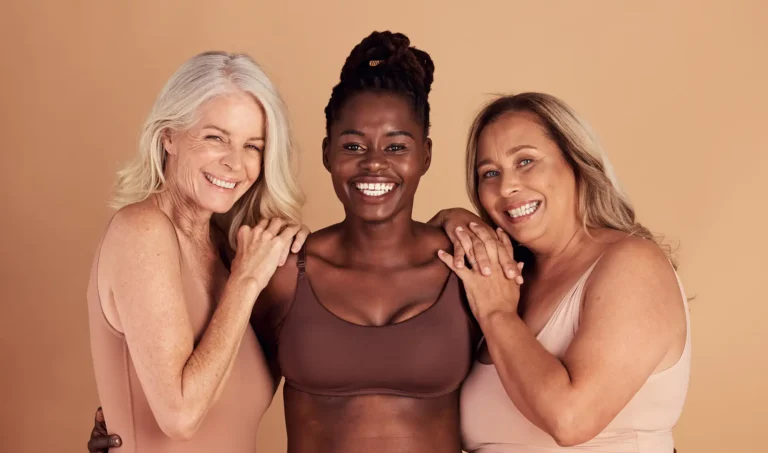





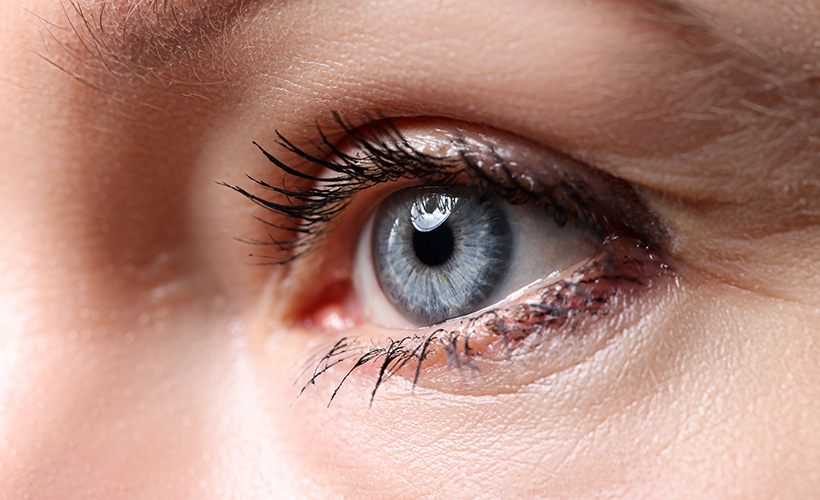

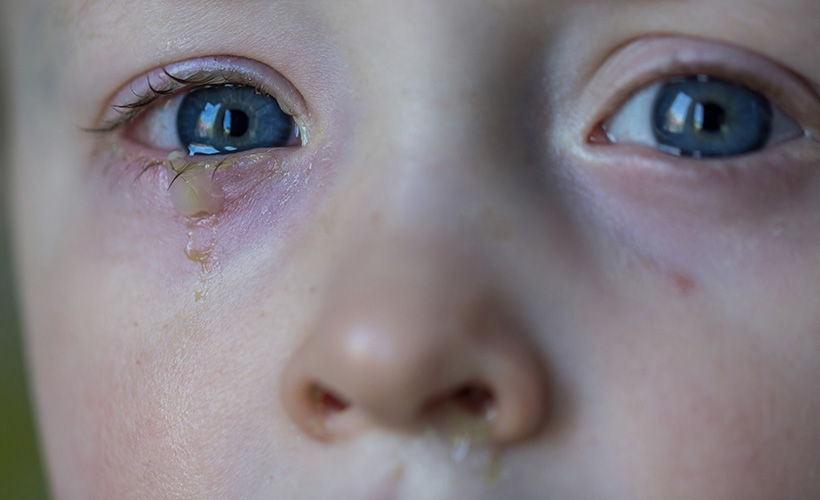

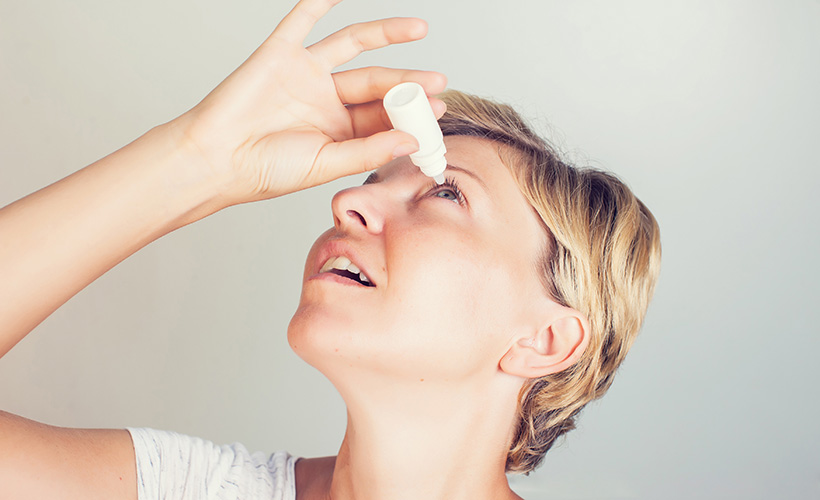
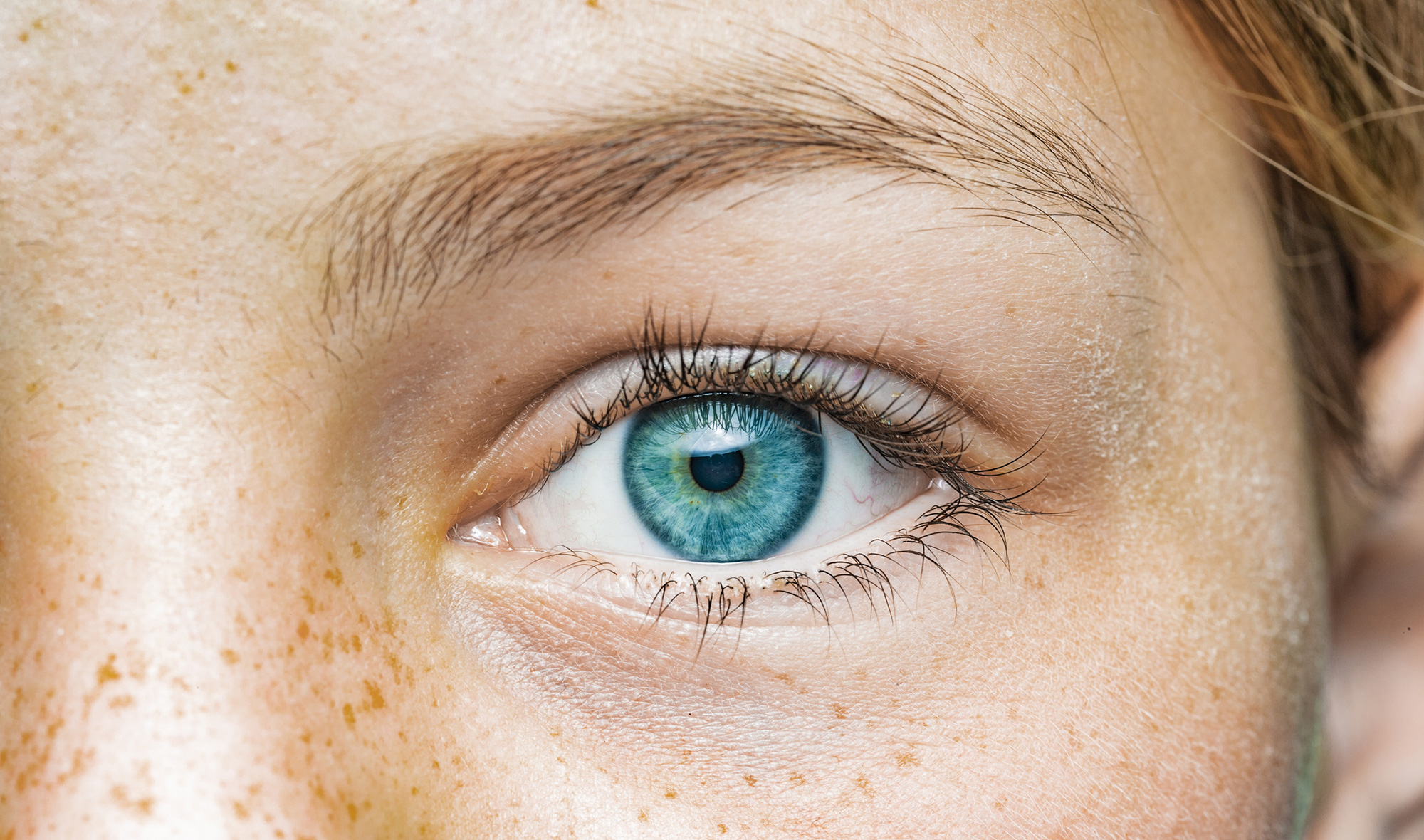






Community